“In school, I never really hear the word ‘beauty’ thrown around. There was always a cerebral explanation for why something did or didn’t make sense,” says Melissa Mabe, principal architect at Ruggles Mabe Studio Architecture + Interiors in Denver. “So, when I started working with Don, we would get into projects and I’d bring something to his desk for him to review and he’d say, ‘Oh, well, that’s just beautiful.’ And about a year into working for him, he
said that, and I looked at him and said, ‘I don’t know what you mean by that.’”
Like many other architects fresh out of school, no one taught Mabe how a built environment can be beautiful in the sense that Ruggles was meaning. “Honestly the education system indicates that beauty is seen as a frivolous idea,” Ruggles says. “What you have to realize is: beauty is a pleasure response. And pleasure is one of the two driving components, we’re born with it. It’s part of our DNA. And those two components—pleasure and survival—work against and with each other to create balance in your nervous system. And that balance is known as homeostasis and it’s extremely important.”

Photo: courtesy Ruggles Mabe Studio
The Science Behind Design
Ruggles has a lifelong interest in science and as an outgrowth of being asked time and time again to design a “timeless” home, he began to ponder what makes a home timeless—that’s to say what about it makes a person content in the space throughout a lifetime. When Mabe volunteered Ruggles speak on the topic at a non-profit fundraiser for Children’s Hospital in Denver in 2009, he delved into serious research. In doing so, he stumbled upon The Academy of Neuroscience for Architecture. “I found there was some fascinating research going on there,” Ruggles says. It’s where he discovered the answer to his question: What is timeless design? And it provided the reasoning behind it which is the idea that beauty is a pleasure response and it’s necessary for human survival.
“So, it’s been fascinating to realize that our built environment affects us subliminally, and we need to understand what it is about the built environment that’s good for us, and what’s not,” Ruggles says. “And this is a new field of study called neuroaesthetics.”
So, how does a built environment translate into timeless design—or beauty—that subconsciously affects us in a positive manner? Ruggles says, there are three components. First, your brain recognizes the space, then the brain determines if it is safe and, finally, it determines if there is potential for pleasure. All of this happens without your awareness in mere microseconds. When those three things happen with positive results, your brain will relax. It goes into rest and relaxation mode. And it doesn’t go into stress mode.
“Rest and relaxation releases important hormones into your system that result in a feeling of pleasure,” Ruggles says. “And if the feeling of pleasure is strong enough, then it will result in the proclamation, ‘It’s beautiful!’ Therefore, beauty is a physical reaction to patterns that generate a pleasure response.”
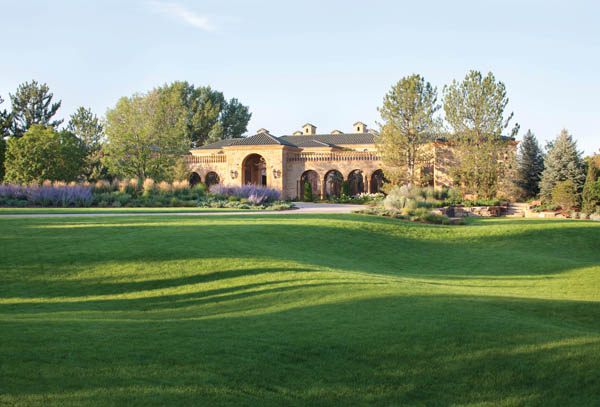
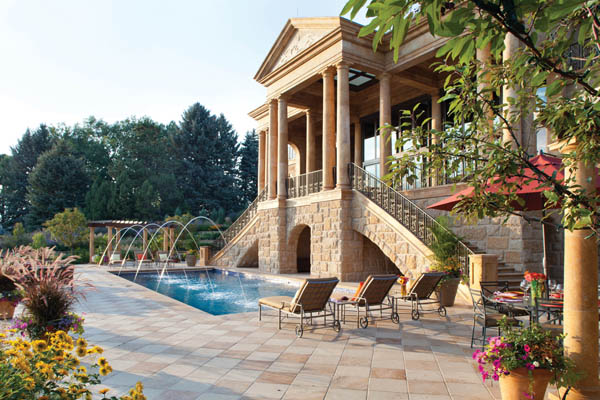
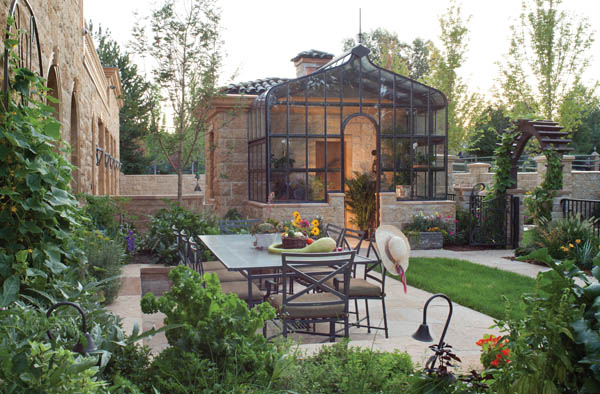
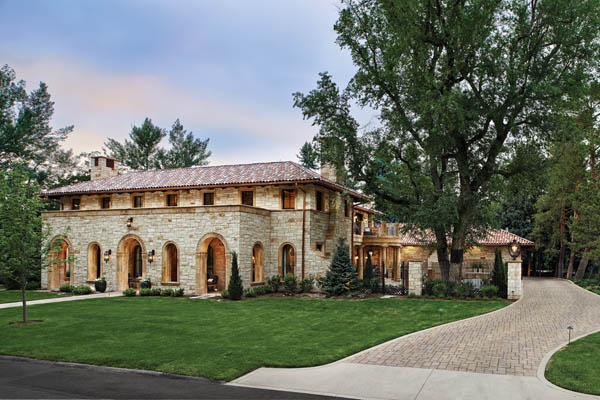
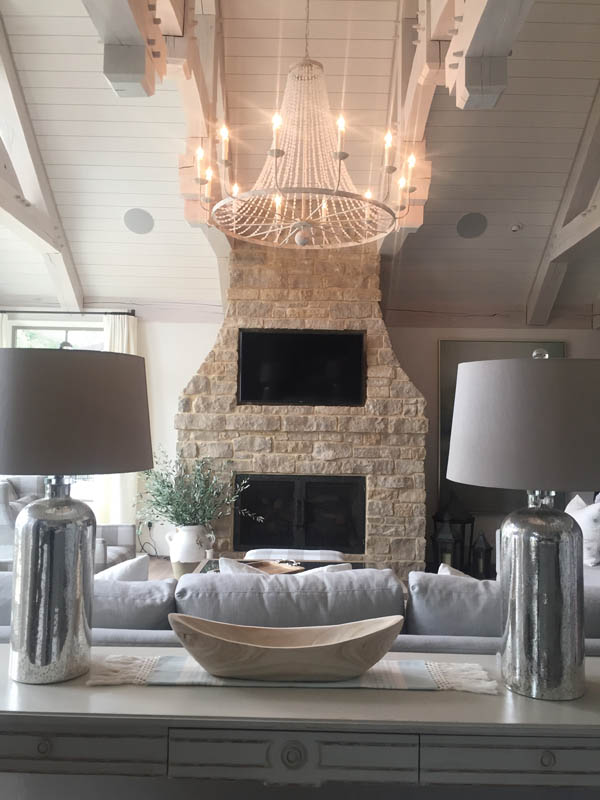
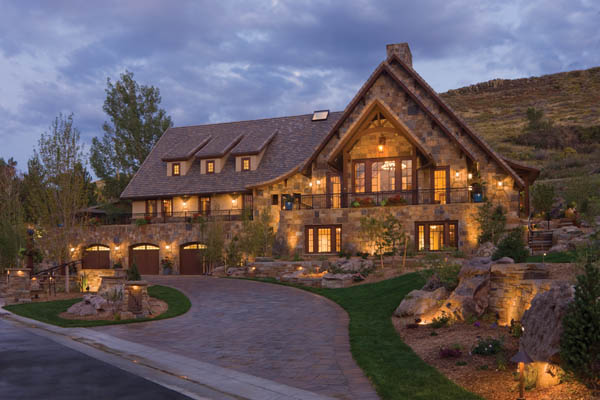
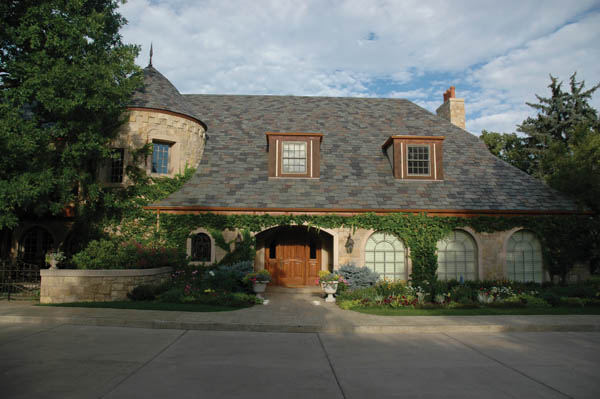
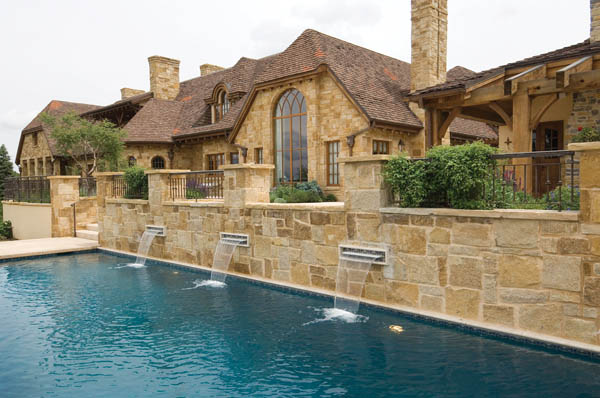

A 1297 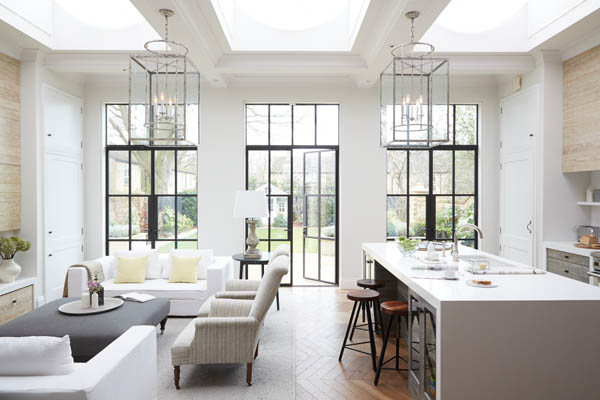
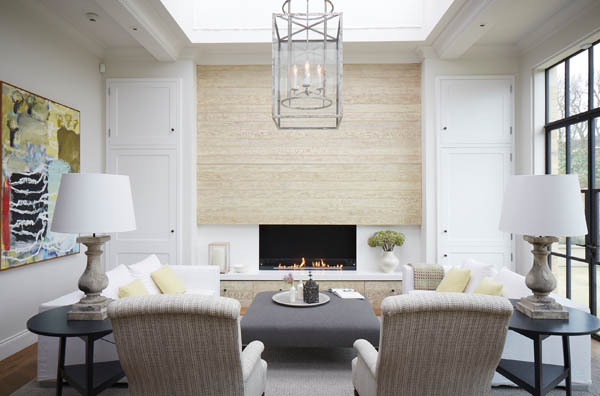

Practical Application of Patterns
One of the most basic ways this science works in practice is through what’s called the three-by-three pattern. Imagine a tic-tac-toe board. And it’s not something new: The pattern is evident in many of the built spaces that, as a society, we deem “beautiful,” including Notre Dame, St Paul’s Cathedral in London or the U.S. Capitol Building. “These buildings are made of the same pattern,” says Ruggles. “We respond positively to the pattern when we see it. And the reason that we honor and protect these buildings is because they’re pleasure-inducing.”
This pattern originates with a facial pattern. “Just take out a loved one’s photograph and put the two eyes in the upper left and upper right corner of a tic tac toe board, and then complete the three squares by three squares arrangement, and you’ll be shocked,” Ruggles says. “When a child is born, they don’t see very well, it’s all quite hazy and fuzzy. But what they can see is three dark spots, and it’s two eyes and a mouth. A child must find that pattern in order to survive. A newborn human cannot survive on its own. DNA instructs the newborn to find that pattern.”
Mabe says it’s one of the easiest organizing principles: “I always explain it like a recipe: If you follow it, things tend to come out just right.” It applies to the architecture, but also to the interior design, which Ruggles Mabe Studio provides for clients as well. The pattern, among others explained in Ruggles’ book, is apparent in the firm’s projects throughout the world and, specifically, in Denver homes. It can be seen in the way a front door is situated on the main floor with windows flanking it on the floor above, in the grid of a coffered ceiling or a fireplace grounded between windows. Mabe says when you have a strong pattern in the architecture, placing furniture becomes easy. She and the firm’s interior design team use furnishings to reinforce the pattern.
Ruggles points out another practical application of the pattern. “A fireplace could become the mouth, and then two pieces of art above the fireplace become the eyes. Or in your kitchen arrangement where you have the stove and then cabinets on upper left and upper right.” Using these simple and practical placements creates the pattern, which, in turn, creates the subliminal messaging to the brain that this is a recognized space that is safe and provides pleasure. It is beautiful.
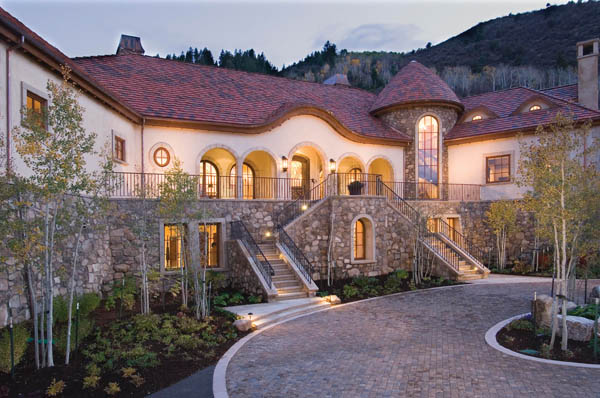
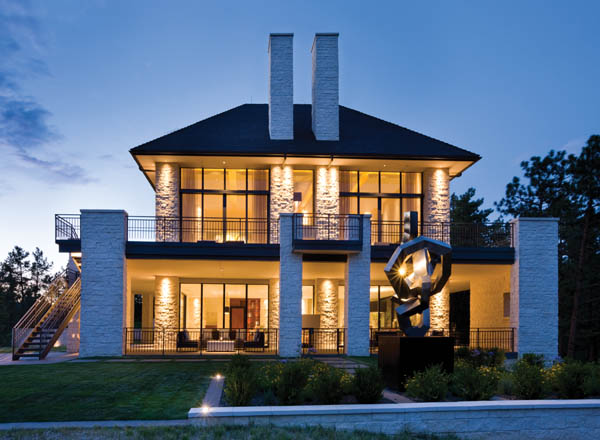




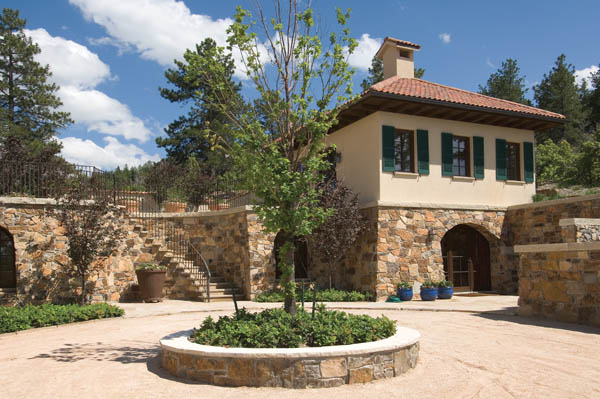

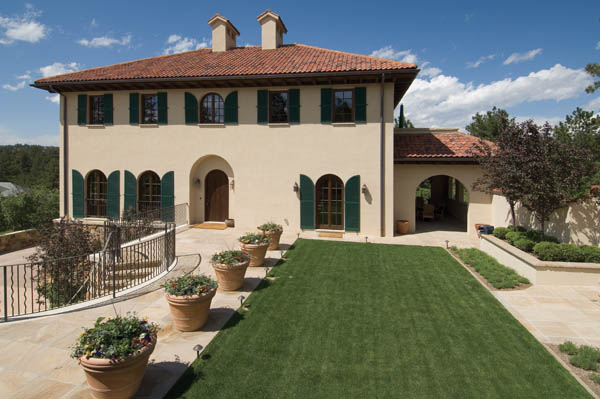
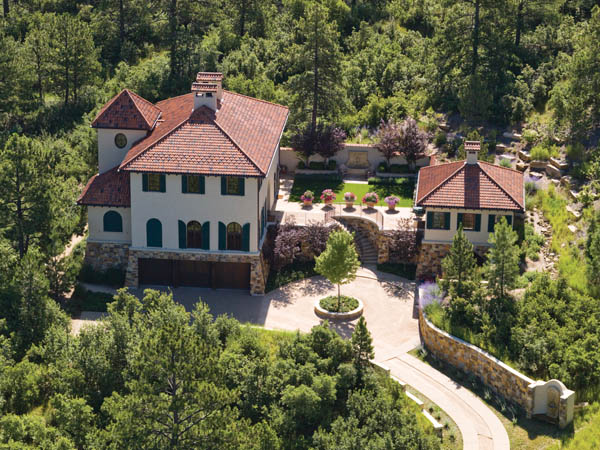
A 1268 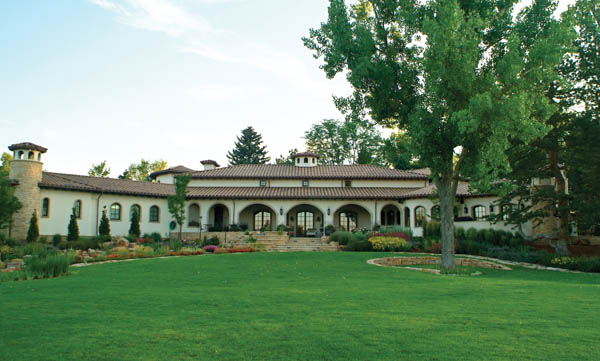
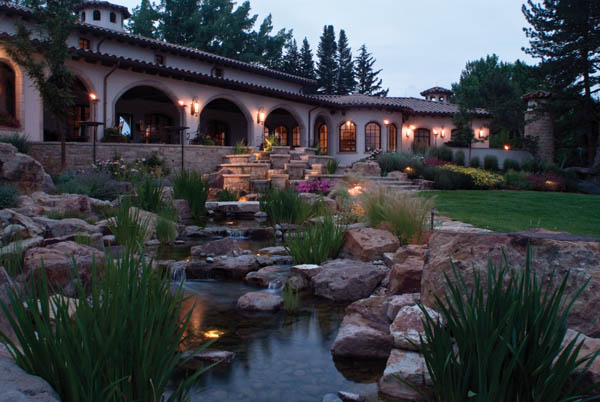
Bringing It Full Circle
This three-by-three pattern is just one small slice of what’s involved in this approach to built spaces. The concept is multi-faceted, all of this is to say, Ruggles is churning out this knowledge to promote new breadth to the art of architecture—one rooted in neuroscience. He first published the book Beauty, Neuroscience & Architecture, where he outlines these principles in detail while demonstrating how certain patterns are recognizable in famous architectural designs. In addition, he explores the effect of beauty and patterns on our well-being.
During promotion for the book, a representative from Rocky Mountain PBS suggested a movie based on the book. Today, the movie has been in circulation at various film festivals with a variety of screenings across the country for more than a year. “The movie has led to a lot more presentations, lectures, question and answer sessions and roundtables, as well as participating in conferences worldwide,” Ruggles says. “And all of this has focused on the notion that beauty is good for our health, and the fact that it’s not talked about very much in architecture
or design.”
Ruggles says that architecture education focuses on creating exciting, unique, “wow moments.” But it’s not the wow moments that create a beautiful space according to the neuroscience definition of beauty. “It’s important that you understand that you’ve got to create pleasure moments as well, otherwise known as rest and relaxation” he says. His message to students and the education system is that architects and designers must pay attention to both.
“I had a 17-year-old intern this summer at the office,” Ruggles says. “She came to the office because she read my book. She has an interest in architecture. And she’s doing research on her own for looking into neuroscience,
and how this can all make the world a better place. We all want to make a difference—even young people. They aspire to do things that improve our world, and young people are paying attention. And that’s where I’m really trying to focus.”

Don Ruggles 
Melissa Mabe
Ruggles Mabe Studio Architecture + Interiors
Ruggles Mabe Studio has designed more than 1,000 residential and commercial projects since 1970 when it opened its doors in Denver. The firm has projects in sixteen states and eight countries.
303.355.2460; rugglesmabe.com


